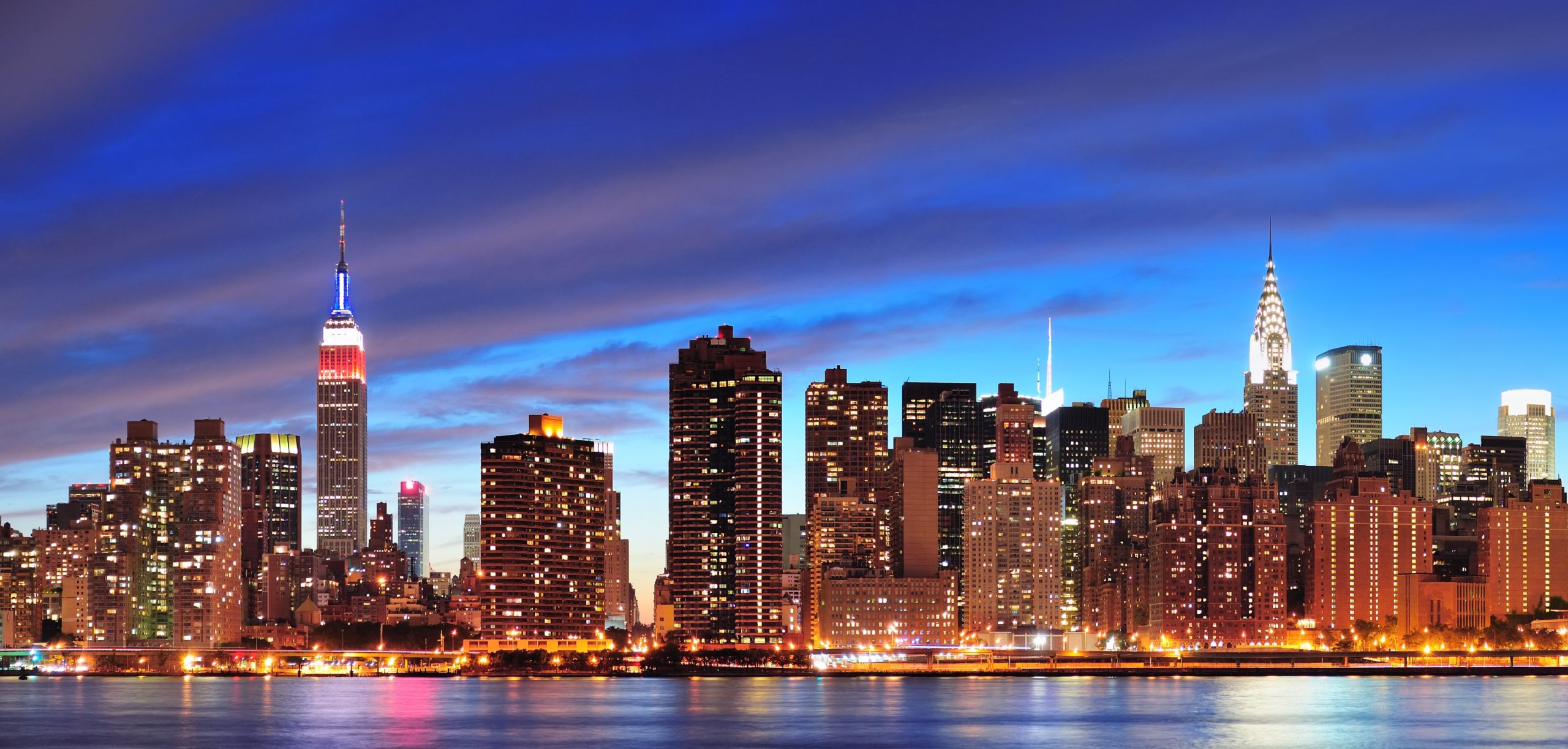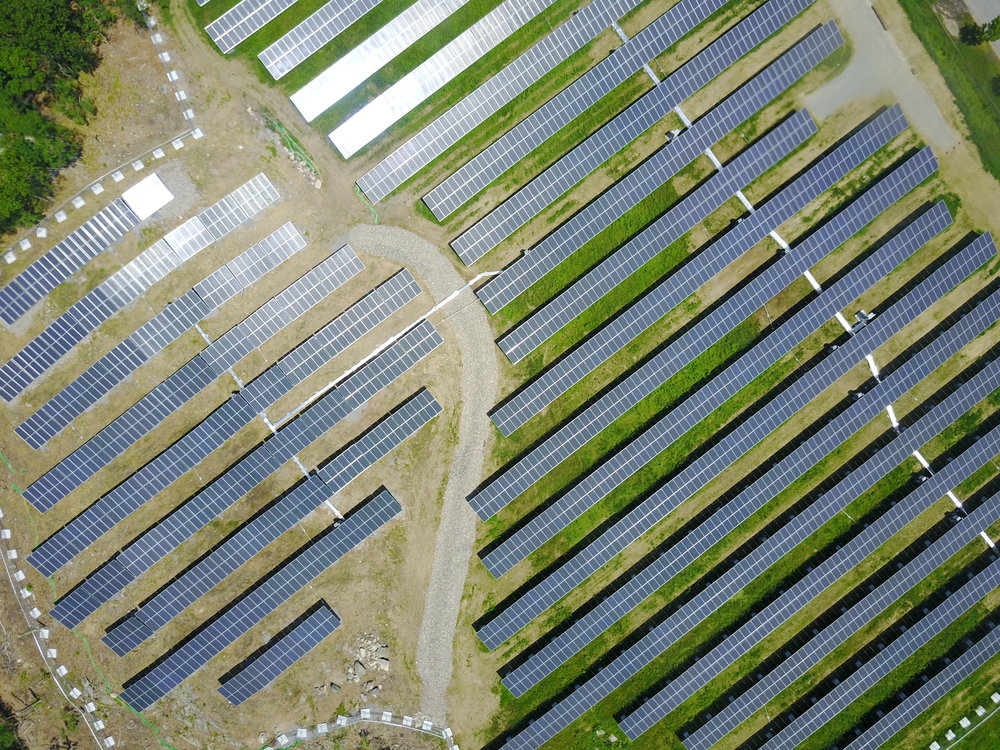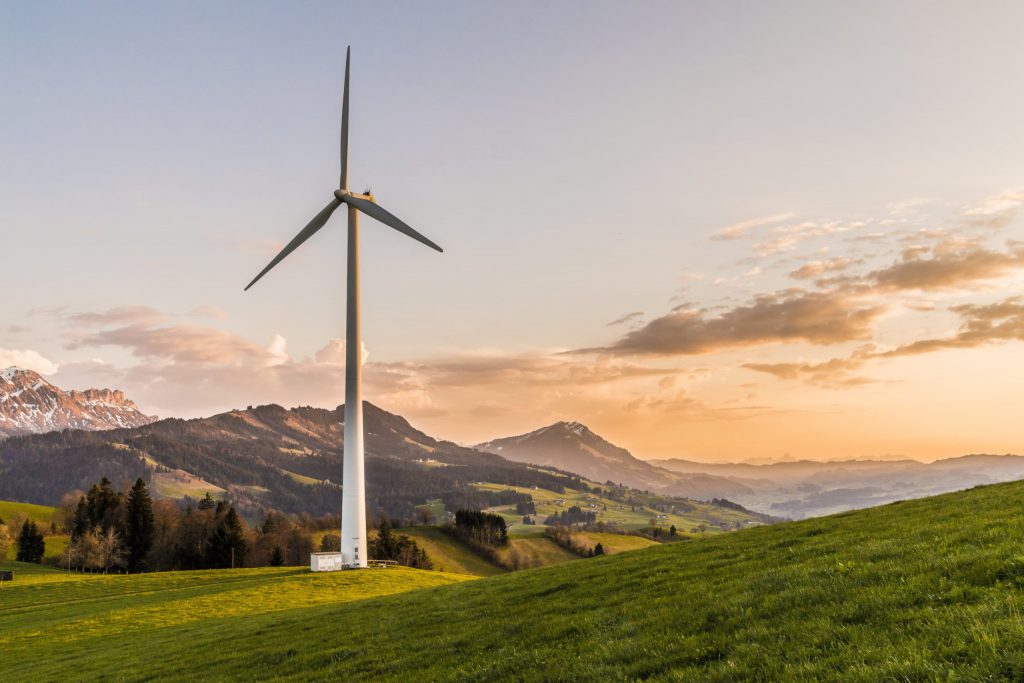With some of the fastest-rising temperatures and sea levels in the country, climate change in New York is a real threat. But the state is fighting back.
Table of Contents
How Could Climate Change Affect New York?
If you live in New York–or have family or friends in the state–you should be wondering how climate change will impact the Empire State.
And with the most recent National Climate Assessment showing that New York is warming faster than other parts of the country, it’s definitely time to start prepping for a safer future.
The data is clear: New York’s climate has already begun to change, and based on current trends in emissions, it will continue to transform through temperature increases, sea level rise, and changes to the state’s natural habitats and wildlife.
Fortunately, New York is also implementing solutions. With an area, population, and economy larger than most of the world’s countries, the state is poised to become a leader in the fight against climate change with the right policies.
With that, let’s look at three major threats posed by climate change in New York, and what the state is doing to overcome them.
Problem: Temperatures Are Rising Across New York
It’s about to get very hot in here:
Increasing greenhouse gas concentrations are going to raise temperatures globally. So it should come as no surprise that scientists also expect temperatures to rise in New York. In fact, they’re already rising: average NY temperatures statewide have escalated 2.4oF since 1970.
How much could they rise in the future? The 4th National Climate Assessment predicts that the Northeast will be 3.6oF hotter than pre-industrial levels by 2035.
Vox projects that Albany’s summer highs will be 5.4oF higher in 2050 than 2000–one of the biggest predicted changes for any city in the U.S. They draw a comparison between Albany’s expected 2050 climate and present-day Shippensburg, PA, just north of the Maryland border.
New York City residents have extra cause to sweat over higher temperatures, given that its urban heat island makes it about 5-7o warmer, generally, than surrounding areas. If you’ve ever been in the city in the summertime–or worse, if you’ve made the mistake of wearing a winter suit on the subway in July (I won’t name names, but let’s just say I’m uncomfortably familiar with this scenario)–you know the kind of effect a few extra degrees can have.
If you haven’t experienced that effect for yourself, consider that 100 million years ago, when global temperatures were about 10-15oF higher than today (an increase we’ll match if we continue at this pace for another century), New York City was submerged under almost 200 meters of water.
In short, higher temperatures have very real consequences in New York City. Here’s what New Yorkers are doing about it.
Solution: Reducing Greenhouse Gas Emissions
New York isn’t standing by when it comes to global warming. It’s targeting the root of the problem: greenhouse gas emissions.
Earlier this year, New York Governor Andrew Cuomo pledged to reach carbon-neutral electricity in New York by 2040. That in itself was one of the boldest decarbonization commitments of any state. It’s especially impactful given that electricity is responsible for about 28% of total U.S. greenhouse gas emissions.
That’d be a pretty good story if it ended there. It doesn’t.
New York doubled down. Just last week, Cuomo approved a bill to cut 85% of total NY greenhouse gas emissions by 2050 and capture or otherwise offset the other 15%. With this bill in place, electricity generation wouldn’t just become carbon-neutral; it would come entirely from renewable sources.
That’s a huge win for renewable energy and storage (assuming New York can actually do it), positioning New York as not only a national leader, but a global leader in fighting climate change.
Related
How Your Energy Usage Affects Climate Change Read More
This shouldn’t be especially surprising, given that New York is already a top 10 state for solar, has nearly eliminated coal from its energy production, just rejected a massive natural gas pipeline that would have struck a blow to plans for a renewable future, and banned offshore gas and oil drilling.
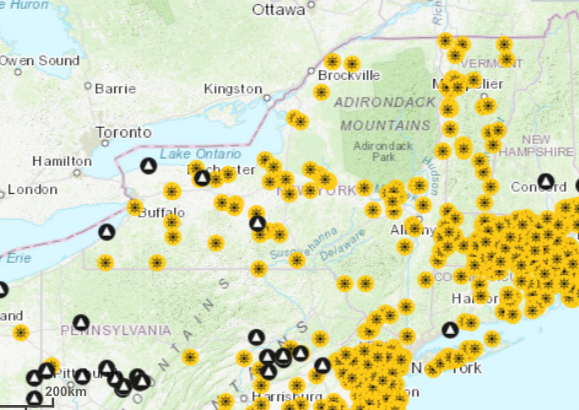
Those black dots? Coal plants. And all the yellow dots that far outnumber them? Solar plants. Courtesy of the Energy Information Administration.
New York is beginning to take on transportation, too. It’s pushing forward with hundreds of fast new charging stations for electric vehicles, and the state’s single biggest emitter, New York City, became the first American city to impose a congestion charge (modeled after European examples) on cars on its busy roads. It will use the money it collects to fund improvements to its already-impressive public transportation system. Activists are continuing to push for fewer transportation emissions, encouraging the state legislature to implement a fully electric fleet by 2040.
New York City is simultaneously tackling its building emissions, mandating strict new energy efficiency standards to green its largest source of carbon.
There’s a lot to be excited about when it comes to New York’s fight against rising temperatures. In addition to slowing the greenhouse effect, renewable energy expansion will create a wave of good, clean jobs and spur massive new investment in the state.
Still, there are more problems to deal with.
Problem: Sea Level Rise Could Bring Floods to New York’s Coasts
If you read the section on the problem of temperature change, you know that a few degrees of warming could have dramatic effects on New York’s coast. Here’s why: When global temperatures rise, ocean water levels follow. 2 main reasons for this::
- Land-based ice, like the Arctic shelf, melts, and
- Seawater expands when it warms
New York sea levels have already risen over a foot since 1900, over twice the average global rate of change, according to the New York Department of Environmental Conservation. One comprehensive study predicts that almost 40% of lower Manhattan will be vulnerable to storm surges in 2050–and by 2100, that will increase to half.
At no point has this problem been clearer than when Hurricane Sandy struck in 2011. When Sandy made landfall in New Jersey it was about 900 miles wide. It tore through New York City, leaving more than half a million without power, delivering over $19 billion in damage to the city, and killing 43 New York City residents.
More than half of the state’s population lives along the coast, so addressing sea level rise is far more than just an environmentalist concern. It’s a matter of present-day health and safety for millions of New Yorkers.
Solution: Improving Coastal Resilience
First things first: the #1 solution to sea level rise on the whole is preventing temperature increases through a drastic reduction in greenhouse gas emissions.
But we already covered New York’s nation-leading plan for warming.
A complete plan for dealing with sea level rise must also involve boosting coastal infrastructure to protect the people that live within flooding range. Even with New York’s efforts to reduce emissions, water levels will continue to rise in the coming decades. Areas that were safe from risk before now face the threat of floods.
With a low-lying coastal population of over 8 million residents, New York City is the #1 concern when it comes to rising water levels. Fortunately, in March, Mayor Bill De Blasio unveiled plans to invest $250 million into climate resilience projects that will protect residents from damage in the event of a storm surge like Hurricane Sandy.
Plans include extending the Manhattan shoreline two extra blocks into the East River, implementing new Tiger dams and HESCO barriers for storm surges, and adding new “flip up” protection measures the city can draw upon when needed, among other projects.
It’s a big investment, but the costs avoided in damage, medical care, and human life will likely more than make up for it.
Problem: Species Loss – and Gain – In the Hudson Valley
Many of the Hudson Valley’s native species will struggle in a hotter, wetter climate. Higher temperatures could kill many of the area’s conifers, which make up over a third of its tree population.
Hotter weather and more rain aren’t bad news for every animal species. Some will actually thrive in a more temperate climate.
Unfortunately, it’s not the ones you want.
The most recent National Climate Assessment predicts increased tick populations across New York, especially in the Hudson Valley region. Aside from being freaky to find one sucking your blood, ticks carry disease, from Lyme’s Disease to the Zika virus–both of which can potentially be deadly. And you know who else loves hotter, wetter summers? Mosquitoes.
If you weren’t motivated to fight climate change before, is it safe to say you’re on board now?
We can also expect more invasive plant species in the area, since new conditions will allow them to thrive. Invasive species aren’t inherently bad, but they can push out the native species that have come to be iconic in the Hudson Valley. 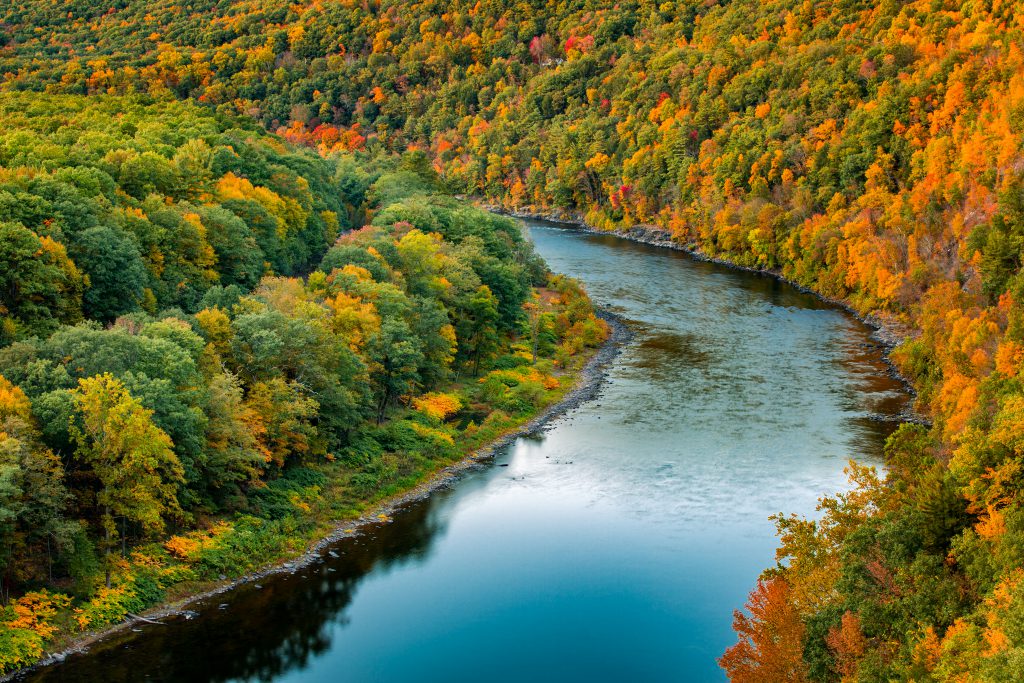 This is land worth protecting.
This is land worth protecting.
Solution: Preserving the Ecosystems We Love
Not to beat a dead horse here, but the most important step to avoiding species loss is to mitigate warming from greenhouse gas emissions.
Just like with sea level rise, however, there are other actions we can take.
Groups like the Otsego County Conservation Association and Scenic Hudson are preserving prized lands, cleaning up pollution and working to ensure the Hudson Valley’s species are protected from development.
Without the proper policy and regulations, Hudson Valley ecosystems are at risk. That’s why environmental organizations are pushing New York State to pursue clean energy technologies and to prevent deforestation that would extinguish many of the state’s species.
New York Needs Climate Solutions For All Communities
Climate change is going to affect (and is already affecting) all of New York–but not in equal ways.
Some communities face greater threats from climate change than others. Low-income communities and communities of color are far more likely to live near polluting factories, roadways, and superfund sites. At the same time, most of the solutions proposed for climate change are best suited for wealthier folks who can do things like purchase an energy-efficient home, drive a Tesla, and install solar panels.
What’s really going to make New York stand out from the pack, and what may come to define success in transitioning to a cleaner economy, is its focus on climate justice for every community.
The state is taking positive steps. It’s paving the way for green union jobs, and it’s leading the way on community solar, which brings lower-income communities the benefits of clean energy.
Time will tell how New York handles the challenge of equity when it comes to greening its footprint. But if today’s policy trends continue, the prospects look good for a brighter future.
